I have a table with values extracted from a csv I want to make a contour plot from. Let's use this table as an example
tdata.x = [1;2;1;2];
tdata.y = [3;3;4;4];
tdata.z = randn(4,1);
tdata=struct2table(tdata);
>> tdata
tdata =
4×3 table
x y z
_ _ _______
1 3 0.53767
2 3 1.8339
1 4 -2.2588
2 4 0.86217
I would like to pivot this such that I can use it for plotting a contour, so in principle I want a 2x2 z matrix where rows/columns are given by y and x respectively, something in this direction:
x 1 2
y
3 0.53767 1.8339
4 -2.2588 0.86217
where the first row are the x coordinates, the first columns is the y coordinates and in-between are the corresponding z-values. So that is to say the z-value corresponding to (x,y)=(1,4) is -2.2588.
Note, I am going to use this grid for other things down the road so solutions involving interpolation are not valid, as well the data is guaranteed to be given on a grid.
